Let’s say you’re in London. For whatever reason, you only have one whole day of free time while you’re in this dynamic city of nearly nine million people. Let’s say you want to see as much as possible, to complete your London travel checklist.
The dilemma is this: do you try to cram in as much as possible or pick a few choice places and focus on them? If it’s the latter—that you want to see the most unforgettable sites of London and see as many of them as possible—have no fear: it’s very possible.
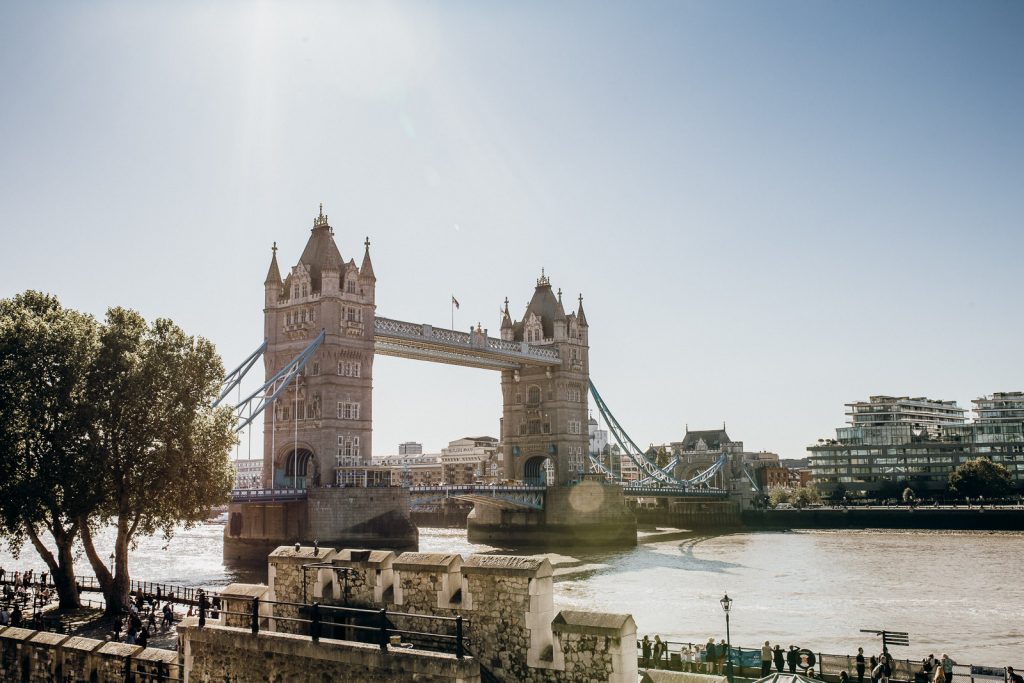
One easy solution is to take a guided tour. For example, the London in a Day tour, led by a local expert, whisks you around London to see the Tower of London, Buckingham Palace, Big Ben, St. Paul’s Cathedral, and many other iconic sites. You also get skip the line privileges and a cruise along the Thames River. All that London in just one day.
The best way to tackle London in a day is to focus on a few centrally located neighborhoods. Central London is loaded with iconic, must-see sites.
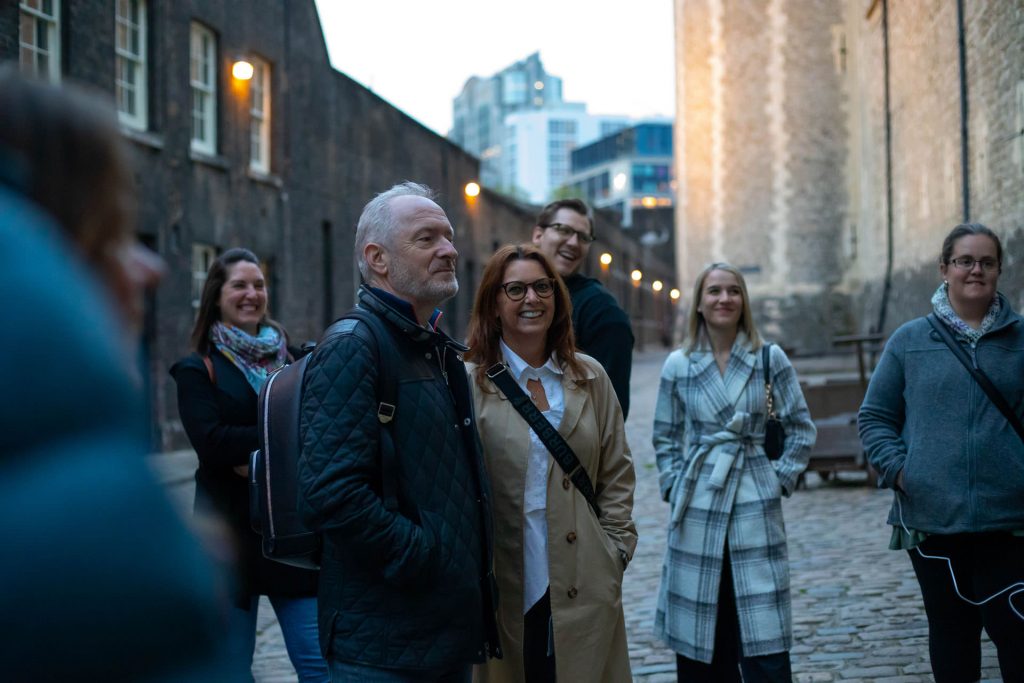
Westminster Abbey
In 1066, the French-speaking Normans invaded England and took power. This is an important historical event. If you’re linguistically inclined, it’s one of the reasons we speak English the way we do in the 21st century.
Since 1066, every coronation of every monarch in England has taken place at Westminster Abbey. At least 16 royal weddings have taken place here. The site is home to the burial of 18 different English and Scottish monarchs. If you’re interested in the history of British royalty, this is ground zero.
If you know where to look—and you certainly will with a guide by your side—you’d notice that nearly every corner and square inch of the abbey has a story to tell about the church’s tumultuous history. This history is a microcosm of the story of England in the last 1,000 years.
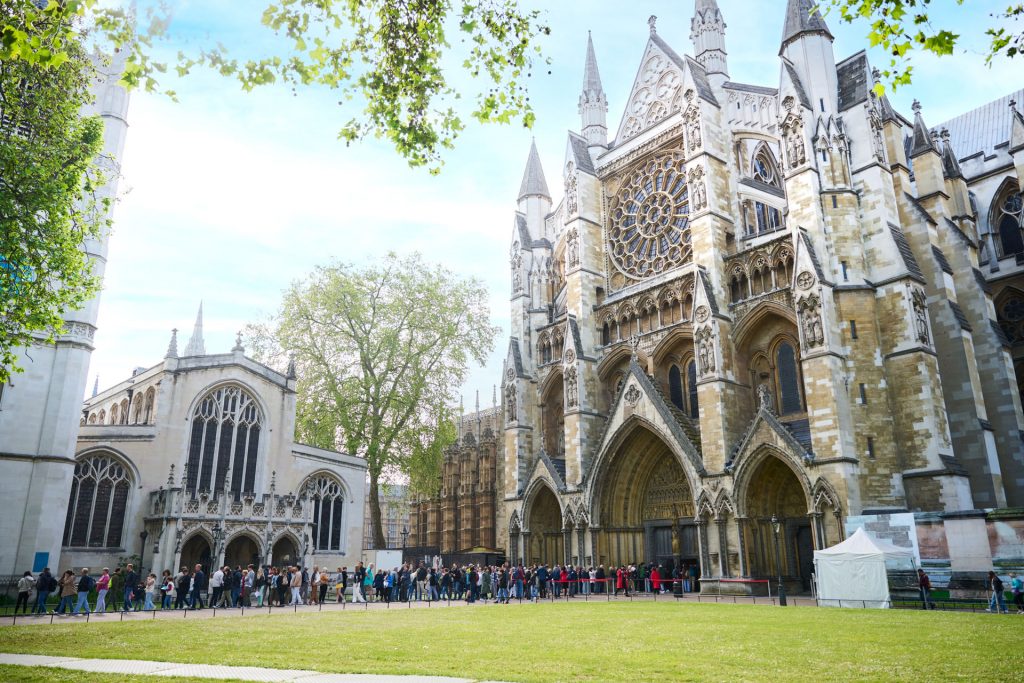
Buckingham Palace
Speaking of royals and microcosms of history, Buckingham Palace happens to be a short walk from Westminster Abbey and is loaded with history. The opulent gated palace has been the royal residence since 1837. Don’t count on going inside: you have to either be a royal or working for one to be allowed entry. You can gawk from the outside and, if you time it right, see the famous changing of the guard.
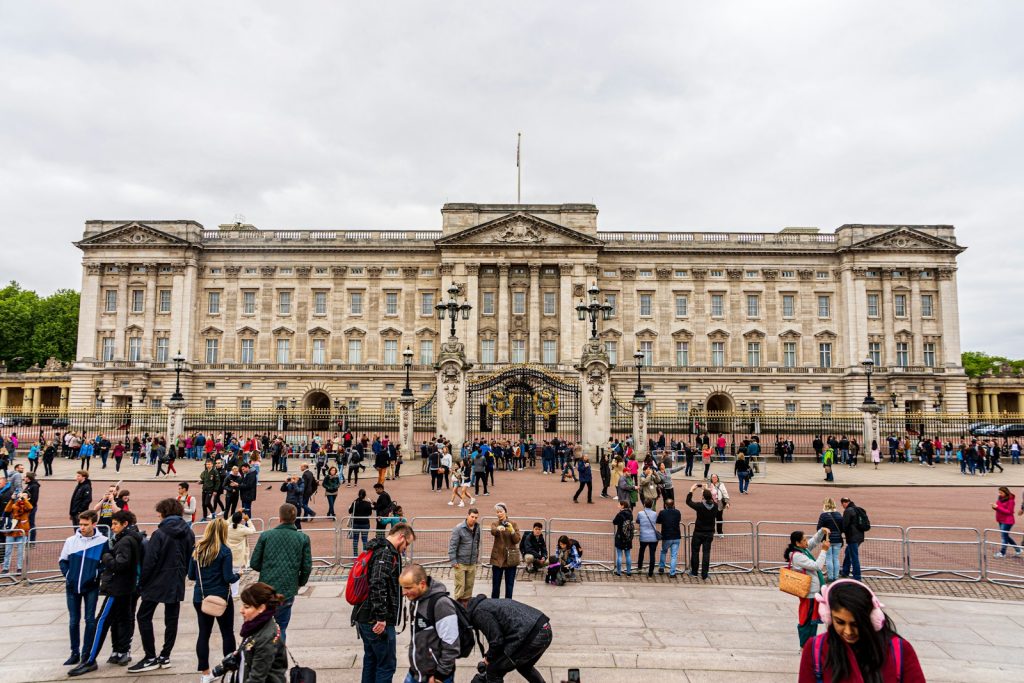
Trafalgar Square
One of the most popular public spaces in London, Trafalgar Square has been a place for meeting friends and lingering around since the early 19th century. The square is named after the British navy’s victory over Napoleonic troops at Cape Trafalgar near Cadiz in southwestern Spain in 1805.
In the center of the square is a statue of Lord Horatio Nelson, who led the navy in the defeat of the French and Spanish troops at Trafalgar. He stands on top of a column that is 218 feet tall.
One fun fact about the square: it was long known for its masses of feral pigeons. It was estimated that at least 35,000 pigeons loitered in and around the square. Their droppings polluted and rotted the statues and fountains in Trafalgar. In 2001, the city outlawed the selling of birdfeed. In 2003 and 2007, the city passed laws outlawing the feeding of the birds. After a short time, the pigeons migrated elsewhere.
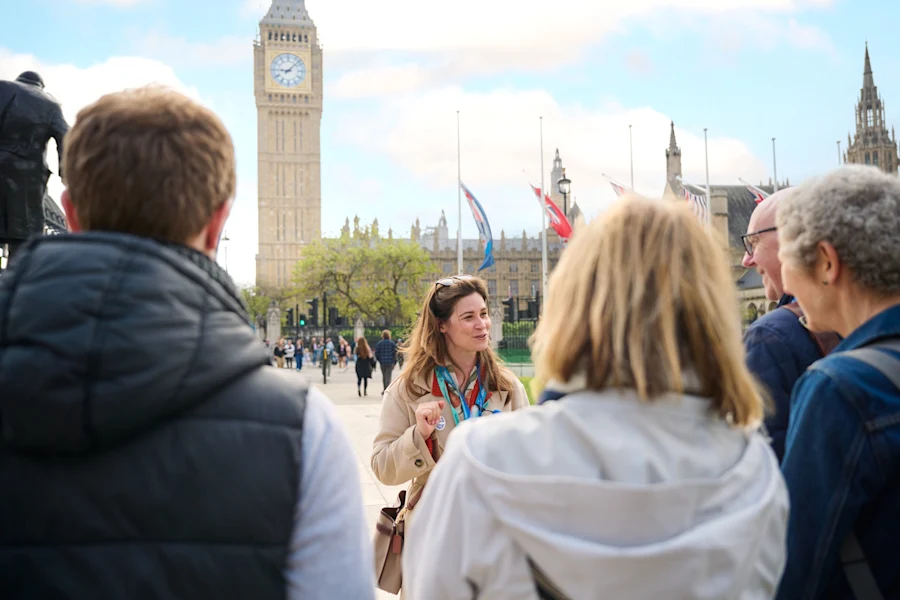
The Tower of London
Let’s say you’ve just spent a full day exploring London, Westminster Abbey, Buckingham Palace, Trafalgar Square: the classics. Now, you’re wondering: what’s the perfect way to end it?
Simple. The VIP Tower of London: After Hours Tour & Ceremony of the Keys. When the crowds leave, you step inside. Led by a Yeoman Warder, you explore the Tower’s dark history. You see the Crown Jewels without the lines and soak in centuries of royal drama. The experience is quiet, eerie, and unforgettable.
Then comes the grand finale: the Ceremony of the Keys, a 700-year-old tradition of locking up the Tower. It’s real, it’s historic, and you’re one of the few to witness it.
If you want your London day to end with something truly special, not just seen, but felt, this is the way.
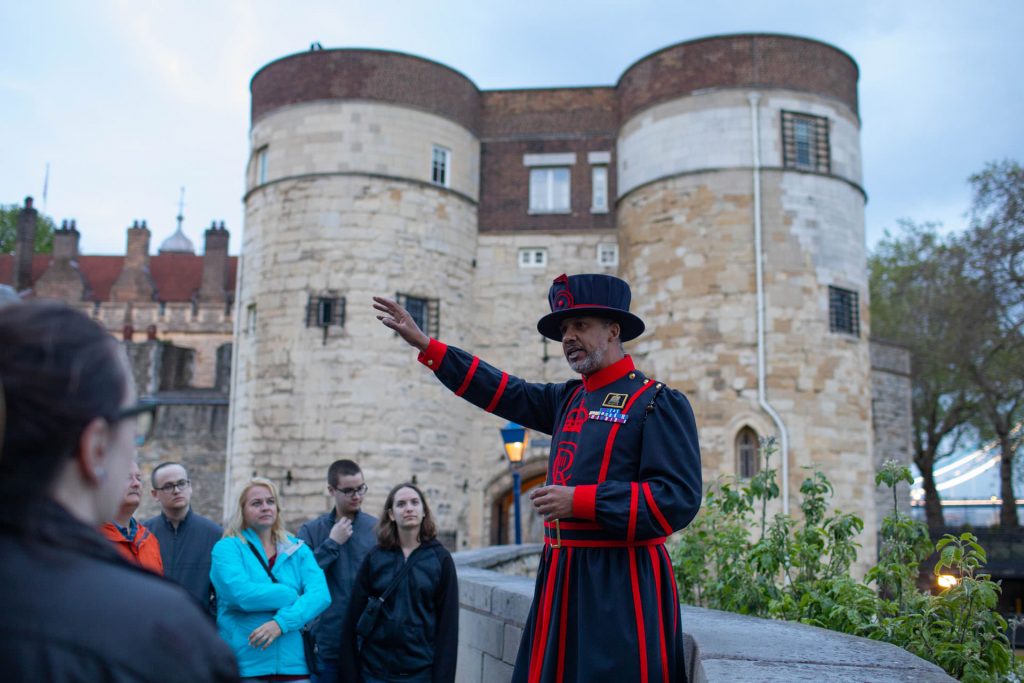
Facts about the Tour of London
Like Westminster Abbey, the Tower of London goes back to the history changing year of 1066. The fortress was built by the Norman invader, Williams the Conqueror. The imposing structure was originally meant as a gateway to the city. By the 16th century, though, the tower became a main prison and the site of executions.
The tower is also home to the crown jewels, including the world’s biggest clear-cut diamond, which you’ll be able to gawk at inside. If you’re a gin drinker, you might recognize the beefeaters who have stood guard here at the tower ever since King Henry VIII appointed them.
These are just a few of the iconic London sites you can view in one day while completing your London travel checklist.
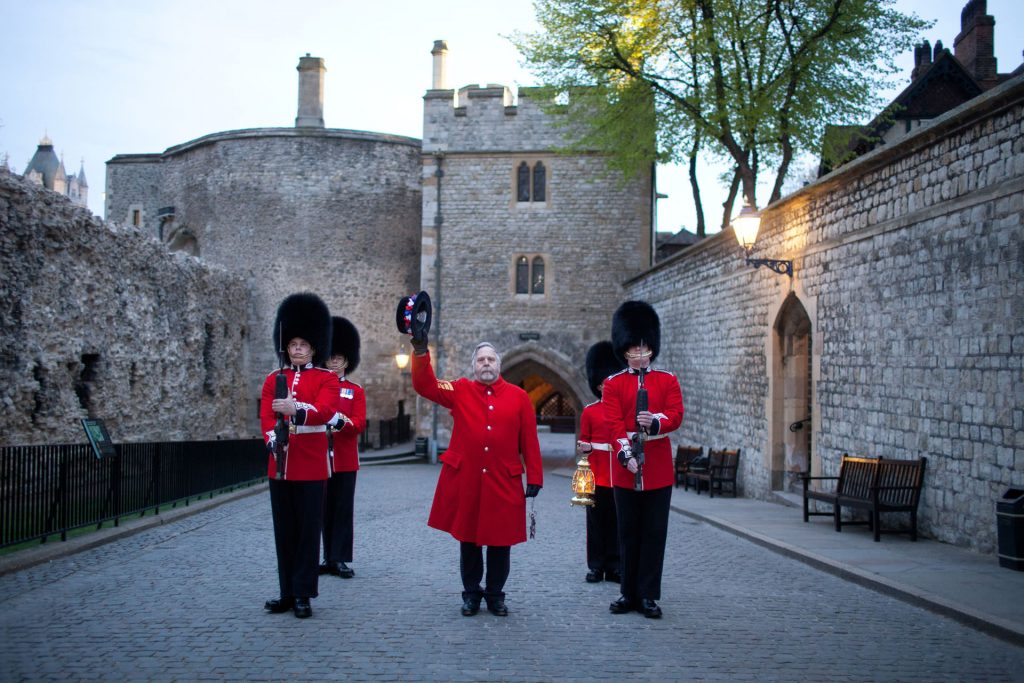
FAQs
What makes the VIP Tower of London Tour special compared to a regular visit?
With the VIP Tower of London Tour, you get early access before the crowds. You enjoy a private viewing of the Opening Ceremony and the chance to explore the Crown Jewels and other highlights in a more relaxed, intimate environment. Expert storytelling from a local guide brings the site’s rich history to life.
How old is the Ceremony of the Keys and what happens?
- The nightly locking ritual dates back to at least the 14th century—making it possibly the oldest military ceremony still performed
- Around 9:52 pm–10:00 pm, the Yeoman Warder solemnly locks the Tower gates, exchanges the historic ritual lines with the guard escort, and ends with the Last Post
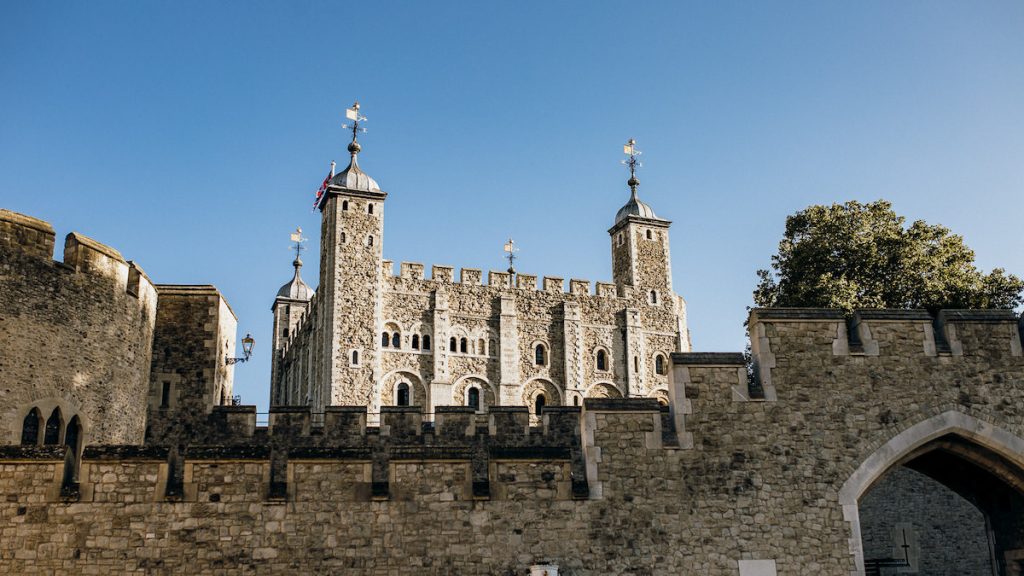
What is the best time to come to London?
London has rather unique weather compared to the rest of Europe. Go in August or November and prepare to get wet, as they are the two rainiest months of the year. Go in January and it’s going to be grey and cold. If possible, aim for the shoulder season—April and May or September and October—to find a nice balance between moderate tourist crowds and more satisfying weather for your London travel checklist.
Make your London travel checklist unforgettable—book your spot on the VIP Tower of London Tour and end your day in the most remarkable way!
